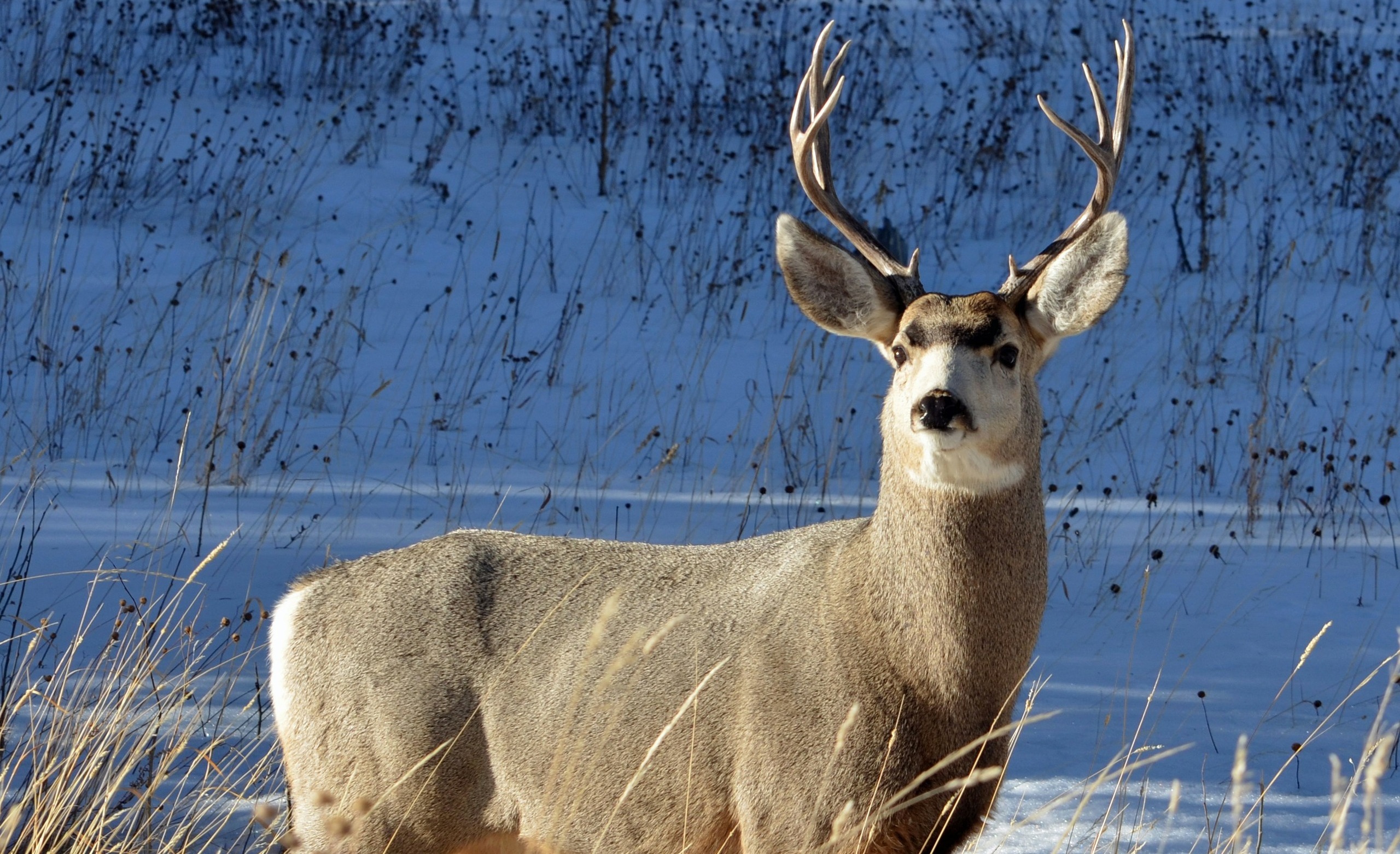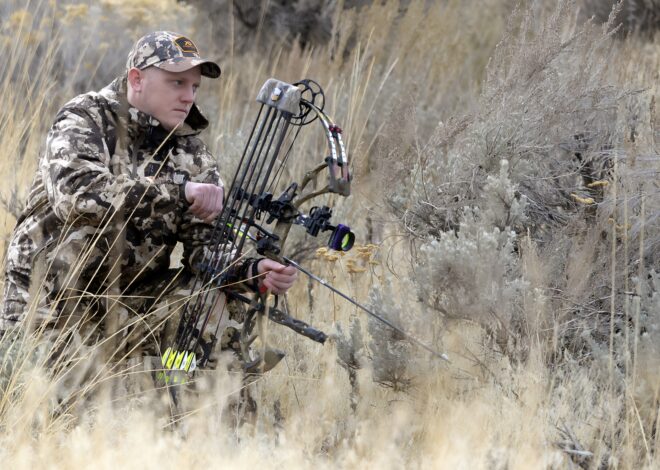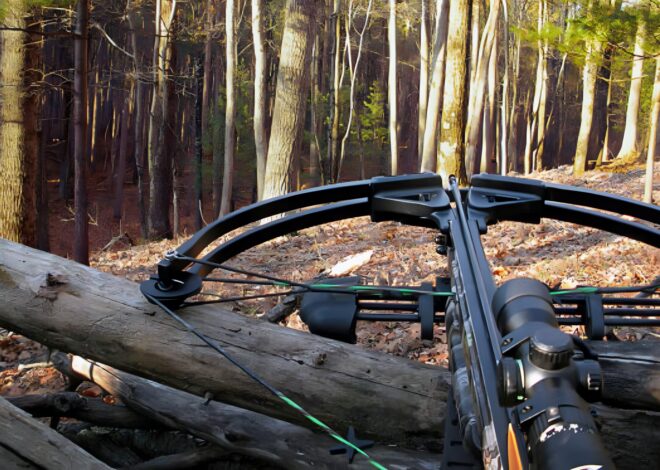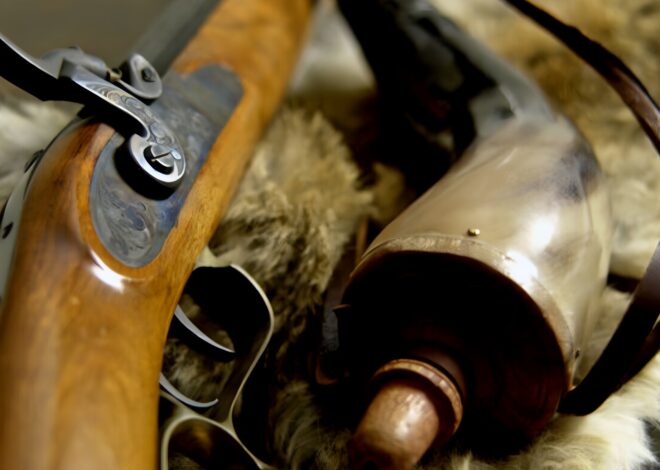
Deer Hunting Tips For Beginners
Welcome to our guide on deer hunting tips for beginners. If you’ve ever watched a hunting show or heard stories from seasoned hunters, you might have felt that spark of curiosity. Deer hunting is not just a sport; it’s an adventure that combines skill, patience, and respect for nature.
For beginners, the idea of stepping into the wilderness with a bow or rifle can be both thrilling and intimidating. But don’t worry—every expert was once a novice. As the leaves change colors and autumn brings cooler air, many outdoors enthusiasts gear up for deer season.
It’s more than just tracking down game; it’s about connecting with nature while learning valuable survival skills along the way. Whether you’re seeking a new hobby or hoping to fill your freezer with lean meat, deer hunting offers something unique for everyone.
In this guide tailored specifically for newcomers to the sport, we’ll explore essential tips and tricks that will help set you up for success in your first hunt. From understanding deer behavior to mastering tracking techniques—let’s dive into what makes deer hunting such an exhilarating experience!
Essential Gear for Deer Hunting
Having the right gear can make or break your deer hunting experience. Start with a high-quality firearm or bow that you’re comfortable using. Familiarity breeds confidence, which is key. Clothing plays a vital role in both comfort and success.
Opt for weather-appropriate attire that blends into the environment. Camouflage patterns are essential, but don’t forget about moisture-wicking fabrics to keep you dry. Invest in a good pair of boots designed for rugged terrain. Your feet will thank you after long hours spent tracking or waiting silently.
A reliable backpack is crucial for carrying supplies like food, water, and tools. Look for one with multiple compartments to stay organized during your hunt. Binoculars can be invaluable when scanning vast areas. They help spot deer from a distance without disturbing their natural behavior—an advantage every hunter should appreciate.
Understanding Deer Behavior and Habits
Understanding deer behavior is key to a successful hunt. Deer are crepuscular, meaning they are most active during dawn and dusk. This makes early mornings and late afternoons prime times for hunting. Observation plays a huge role in understanding their habits.
Look for signs like tracks, droppings, or rubs on trees where bucks scrape off their antlers. These clues can reveal the deer’s preferred routes and feeding areas. Deer also have strong instincts for survival. They rely heavily on their sense of smell and hearing to detect danger.
Keeping your scent minimal will increase your chances of getting close. Seasonal changes affect deer movement too. During the rutting season, males become more active as they search for mates, presenting unique opportunities for hunters.
Learning these patterns takes time but pays off greatly when you’re out in the field aiming for that perfect shot.
Scouting for the Perfect Hunting Spot
Finding the ideal hunting spot can make all the difference in your deer hunting experience. Start by researching local deer populations and their preferred habitats. Look for dense areas with plenty of cover, such as thick woods or brushy fields.
Once you have a few locations in mind, spend time scouting them. Early morning or late afternoon are great times to observe wildlife activity. Be quiet and patient; any noise can scare away potential targets. Check for signs of deer movement like tracks, droppings, and rubs on trees.
These indicators reveal where deer frequently travel and feed. Consider elevation changes too. Deer often navigate through valleys or along ridges, which provides natural pathways for them to move safely while searching for food.
Mapping out these spots ahead of time allows you to plan your approach strategically when it’s finally time to hunt.
Essential Tips for a Successful Hunt
Preparation is key for a successful deer hunt. Start by checking the weather conditions. Knowing when to hunt can significantly increase your chances. Arrive at your hunting spot early, ideally before dawn. Deer are most active during these hours, and being there ahead of time lets you settle in quietly without disturbing the area.
Staying silent is crucial. Movement and noise scare off deer quickly. Use hand signals if you’re hunting with a partner, keeping communication minimal. Patience pays off in hunting. Spend long stretches still and alert; sometimes the waiting game brings rewards like spotting that big buck.
Stay flexible in your approach. If one tactic isn’t working, don’t hesitate to adjust and try new strategies as needed throughout the day. Adaptability often leads to success in unpredictable outdoor environments.
Shot Placement and Techniques for a Successful Kill
Understanding shot placement is crucial for a successful deer hunt. A well-placed shot can mean the difference between a quick, humane kill and a long tracking process. The ideal target area on a deer is the heart and lungs, often referred to as the “vital zone.”
When aiming, focus on positioning your sights just behind the front shoulder. This approach gives you access to major arteries and ensures an efficient take-down. Practice makes perfect. Spend time at the range familiarizing yourself with your weapon’s capabilities.
Different calibers require different techniques; know yours well. Consider your shooting angle too. If you’re in an elevated stand, aim lower than you would from ground level due to how gravity affects your bullet’s trajectory.
Remain calm when taking your shot. Breath control can significantly improve accuracy under pressure. Stay composed—it’s key to hitting that vital zone effectively.
Tracking and Field Dressing Your Kill
Once you’ve made your shot, the next critical step is tracking your kill. Pay close attention to where the deer was standing when you shot and look for signs like blood or hair on the ground. A well-placed hit often leaves a good blood trail, so follow it carefully without rushing.
After locating the animal, it’s time for field dressing. This process involves removing internal organs to preserve meat quality and reduce spoilage. Begin by laying the deer on its back with its legs spread apart.
Use a sharp knife to make an incision around the belly area, taking care not to puncture any organs. Work methodically but gently; this will help avoid contamination of the meat. Keep an eye out for temperature changes while you dress your game—cooler weather aids in preserving freshness longer than warmer conditions do.
Processing and Preserving Your Deer Meat
Processing your deer meat is a crucial step after a successful hunt. Start by field dressing the animal promptly to maintain the quality of the meat. Remove the organs carefully, ensuring not to puncture any gut or bladder, which can spoil the meat.
Once you’ve brought your deer home, it’s time for butchering. Familiarize yourself with proper techniques or consider watching tutorial videos if you’re unsure. Cut into manageable portions that suit your cooking style.
Preserving your venison comes next. Vacuum sealing is an excellent method to keep it fresh and prevent freezer burn. If you prefer jerky or sausage, look up recipes tailored for deer meat; both options offer delicious ways to enjoy your harvest.
Always label packages with dates and content before storing them in the freezer. This practice helps track freshness and ensures nothing goes to waste over time.
Safety Tips for Beginners
Safety is paramount when venturing into the outdoors for deer hunting. Always wear blaze orange clothing to ensure visibility among fellow hunters. This color helps prevent accidental shootings and keeps you safe. Before heading out, familiarize yourself with your rifle or bow.
Practice regularly so you can shoot accurately under pressure. A confident shot ensures a quick and humane kill. Stay aware of your surroundings at all times. Know where other hunters are located, and communicate with them if necessary. It’s also wise to hunt with a buddy whenever possible for added safety.
Always keep the muzzle pointed in a safe direction, even when you’re loading or unloading your weapon. Accidents happen quickly, so stay vigilant. Do not consume alcohol before or during your hunt. You need sharp reflexes and clear judgment on the field to respond effectively in any situation that arises.
Common Mistakes to Avoid as a Beginner Hunter
Many beginners fall into the trap of underestimating their preparation. Skipping practice sessions can lead to poor shooting accuracy when it counts. Another common mistake is not knowing local hunting regulations.
Familiarity with laws regarding licenses, weapon types, and restricted areas is crucial for a successful outing. Overlooking scent control can also hinder your chances. Deer have an acute sense of smell; failing to minimize human scent may send them running before you even spot one.
Improper clothing choices are another misstep. Wearing bright colors or noisy fabrics can alert deer to your presence. Opt for camouflage that blends in with the environment and provides comfort throughout the day. Many novices rush their shots without proper identification of the target. Taking time to ensure you’re aiming at the right animal protects both you and other hunters in the area.
The Ethics of Hunting and Conservation Efforts
Hunting often stirs strong feelings, both for and against. Understanding its ethical dimensions is crucial for any beginner. Responsible hunters play a vital role in wildlife management. They help maintain healthy deer populations, ensuring ecosystems remain balanced.
Overpopulation can lead to habitat destruction and increased vehicle collisions. Conservation efforts are closely tied to hunting practices. Many organizations rely on hunting licenses and fees to fund preservation projects. This means that each hunt contributes directly to the protection of natural habitats.
Ethics also extend to respecting the animals themselves. A successful hunter values quick and humane kills, minimizing suffering as much as possible. Following local regulations shows respect not just for the game but also for fellow outdoors enthusiasts.
Participation in conservation initiatives fosters a deeper connection with nature. Engaging in these efforts helps cultivate an appreciation that goes beyond the thrill of the chase.
Conclusion: Why You Should Try Deer Hunting as a Beginner
Deer hunting can be an exhilarating experience that connects you with nature and offers the thrill of the hunt. As a beginner, taking the plunge into this age-old tradition opens doors to new skills, friendships, and appreciation for wildlife.
The time spent outdoors provides invaluable lessons in patience and persistence. You’ll learn how to read animal behavior and adapt your strategies accordingly. This adventure fosters a deep respect for conservation efforts as you understand the balance between humans and nature.
Moreover, deer hunting is not just about harvesting meat; it’s about creating lasting memories with friends or family. Whether sharing stories around a campfire or enjoying heartwarming meals made from your catch, these moments become cherished parts of life.
For those seeking to embrace outdoor activities while honing survival skills, deer hunting stands out as an ideal choice. With proper guidance and preparation based on essential tips shared here, you’ll find yourself ready for each journey into the wild.
So strap on your boots, gather your gear, and step into this exciting world—embracing all its challenges will make you stronger both on the hunt and off it!



